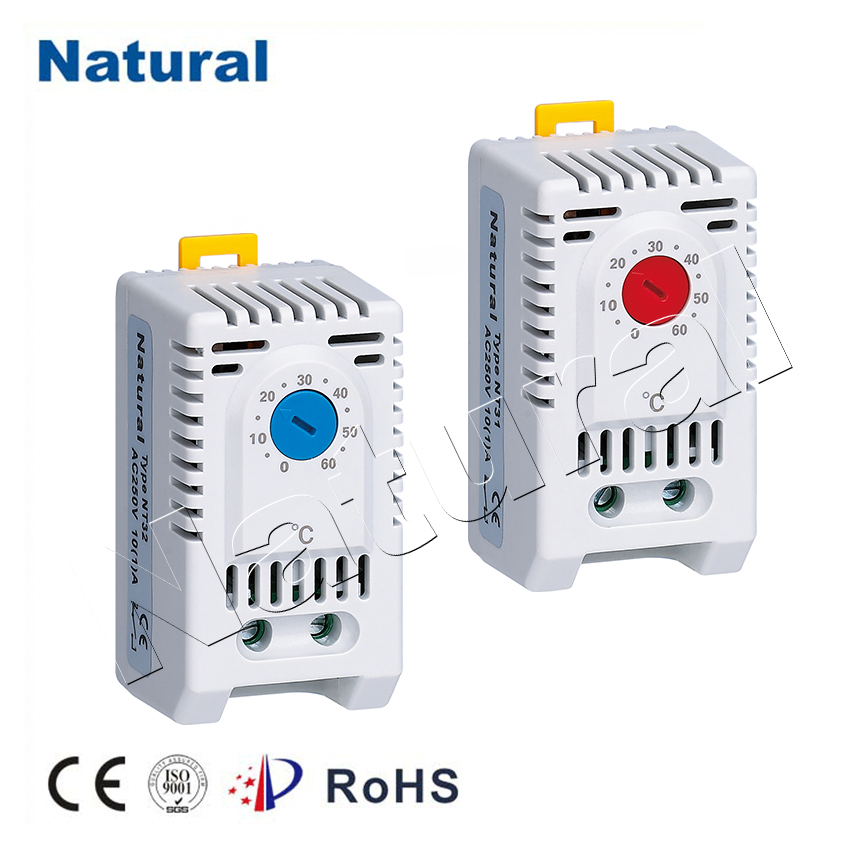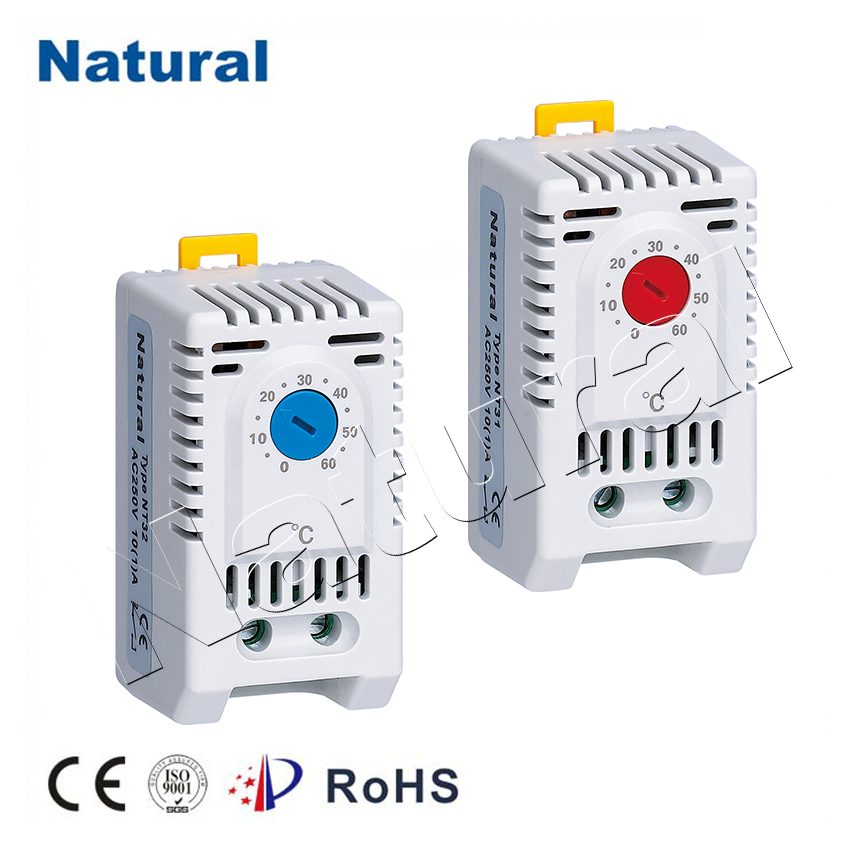In modern industrial and commercial environments, efficient temperature control is crucial for maintaining optimal operating conditions. This is where DIN rail thermostats come into play. These devices are an essential part of temperature management systems, offering a compact and versatile solution for controlling and regulating temperature within various applications. In this article, we will delve into the features, benefits, and applications of DIN rail thermostats, providing a comprehensive understanding of why they are increasingly popular in industrial settings.

What is a DIN Rail Thermostat?

A DIN rail thermostat is a temperature control device designed to be mounted onto a DIN rail, a standardized metal rail used to secure electrical devices within control panels. The DIN rail format makes these thermostats extremely space-efficient, allowing for easy integration into electrical control systems. These thermostats function by monitoring and regulating the temperature of a space, ensuring that it remains within a desired range. They are equipped with sensors that detect temperature variations and use relays or switches to control heating, cooling, or ventilation systems. Key Features of DIN Rail Thermostats
